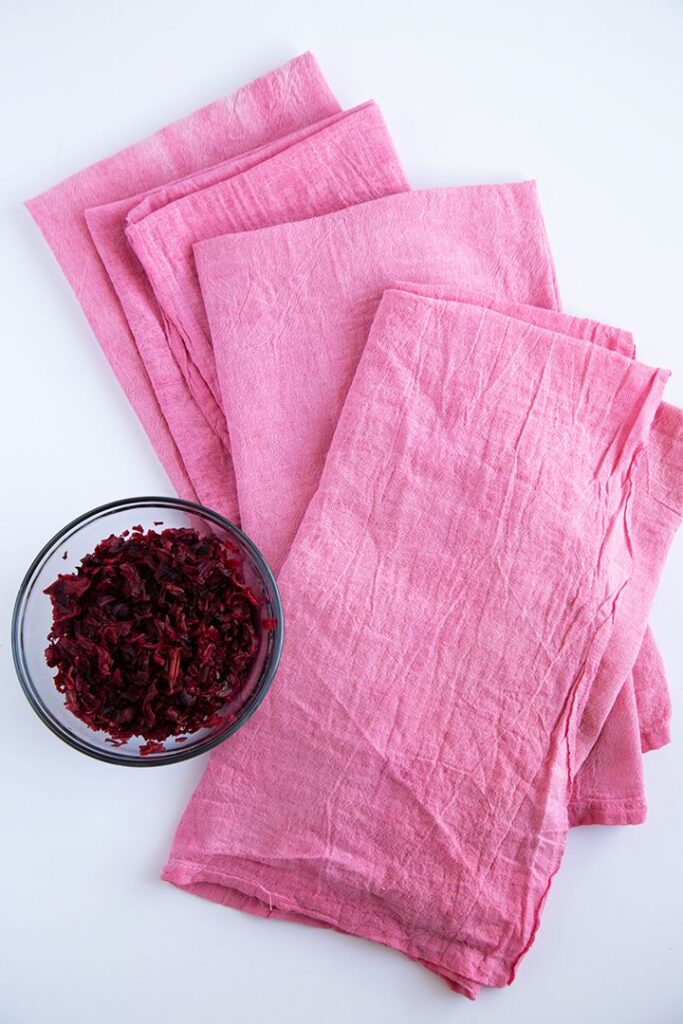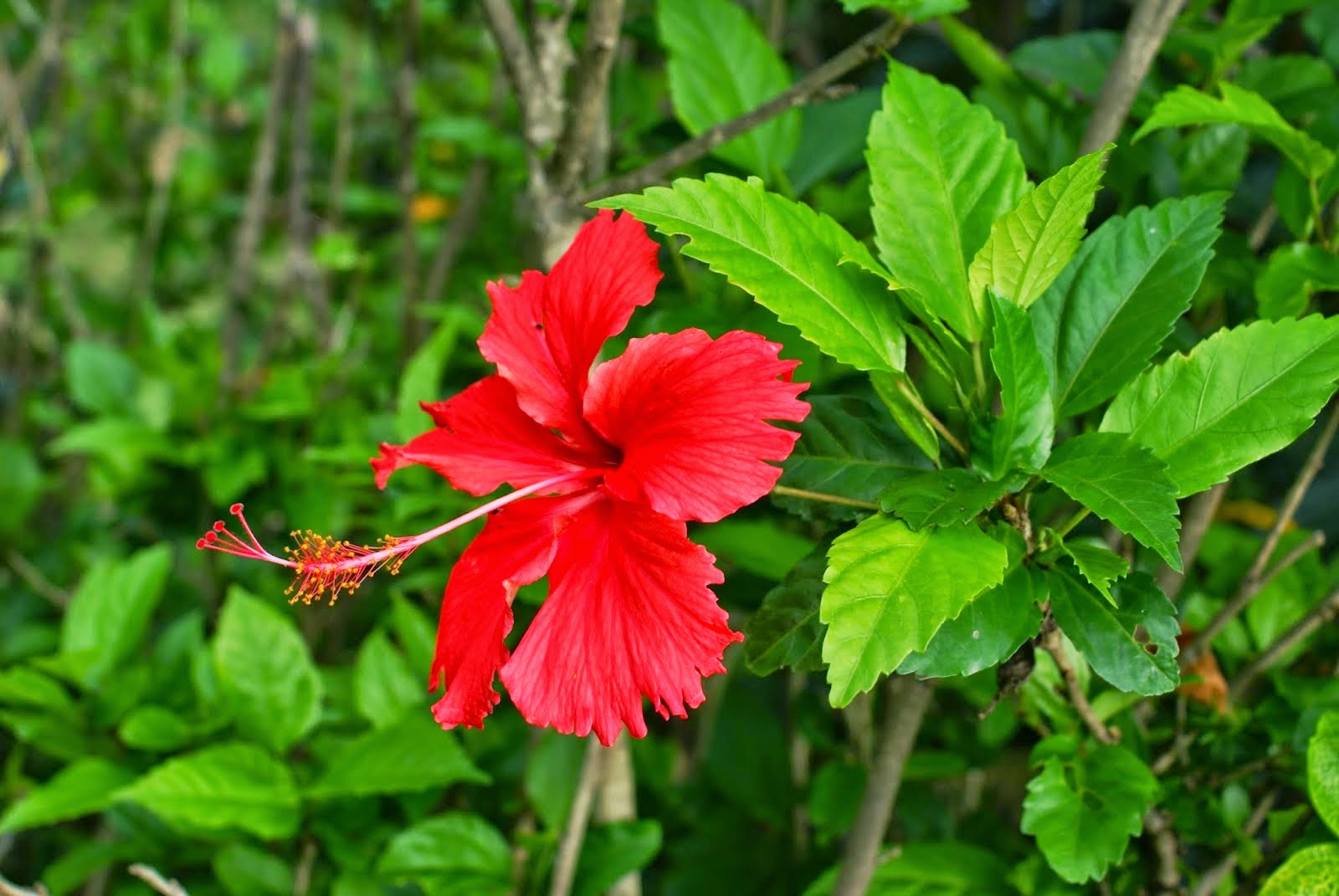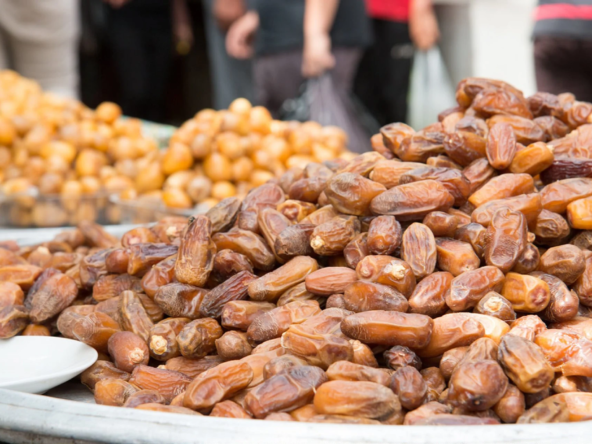Nature offers a wide variety of dyes that can add vibrant and earthy tones to fabrics and other materials. One of the most beautiful and accessible sources of natural dye is the hibiscus flower, renowned for its rich color and eco-friendly properties. Whether you’re a hobbyist or a craft enthusiast, learning how to use hibiscus flowers to dye fabrics naturally is an exciting and rewarding process. In this article, we’ll explore how to harness the natural beauty of both fresh and dried hibiscus flowers to create stunning, eco-friendly dye for your textile projects.
Why Choose Hibiscus for Dyeing?
Hibiscus flowers contain anthocyanins, which are natural pigments that can produce a range of hues from deep pinks to purples and even earthy browns, depending on how the dye is processed. Hibiscus-based dyes are non-toxic, biodegradable, and an excellent alternative to synthetic dyes, making them perfect for those who care about sustainability and the environment.
Materials Needed
To get started with hibiscus dyeing, you will need the following:
- Fresh or dried hibiscus flowers (choose either option based on availability)
- Fabric or material to dye (cotton, silk, wool, or linen work best)
- A large pot
- Water
- Mordant (optional): Mordants like alum or vinegar help the dye adhere better to the fabric and create lasting color.
- Strainer or cheesecloth
- Stirring stick or spoon
- Rubber gloves (to protect your hands from staining)
Preparing the Fabric
Before you begin dyeing, it’s important to prep your fabric. This ensures that the dye will be evenly absorbed and the colors will be long-lasting.
- Wash the fabric: Use mild soap to clean your fabric of any dirt or oil. This will help the dye penetrate the fibers evenly.
- Soak in mordant: If you want the color to last longer and be more vibrant, soak your fabric in a mordant solution before dyeing. Common mordants include a mixture of water and alum or a simple vinegar and water solution.
Creating the Hibiscus Dye
Now it’s time to prepare your dye from the hibiscus flowers. The method slightly varies depending on whether you use fresh or dried flowers.
Using Fresh Hibiscus Flowers
- Collect and clean: Harvest a large amount of fresh hibiscus flowers and rinse them well to remove any dirt or insects.
- Boil the flowers: Place the flowers in a large pot and cover them with water. Bring the water to a boil, then reduce to a simmer for about 30–45 minutes, or until the water takes on a rich, reddish-pink hue.
- Strain the dye: Use a strainer or cheesecloth to separate the flowers from the liquid. The strained liquid is your dye bath.
Using Dried Hibiscus Flowers
- Measure and soak: For dried hibiscus flowers, you will need about 1 cup of flowers per quart of water. Let the dried flowers soak in water overnight.
- Boil and simmer: After soaking, bring the mixture to a boil, then reduce the heat and simmer for about 30 minutes. Strain the flowers to collect the dye.

Dyeing Your Fabric
Once you have your hibiscus dye ready, it’s time to dye your fabric.
- Submerge the fabric: Place your pre-washed (and mordanted, if using) fabric into the dye bath. Stir the fabric gently to ensure it is fully submerged and dyeing evenly.
- Simmer and stir: Allow the fabric to simmer in the dye bath for at least 30 minutes. For deeper, more intense color, let the fabric soak for an hour or more. You can even leave it overnight to achieve rich tones.
- Rinse and dry: Once you’re happy with the color, remove the fabric from the dye bath and rinse it under cold water until the water runs clear. Hang the fabric to dry in a shaded area, as direct sunlight can fade the color.
Experimenting with Different Hues
The beauty of natural dyeing with hibiscus is the variety of colors you can achieve by adjusting a few factors:
- pH balance: You can alter the hue of the dye by modifying the pH. Adding a small amount of baking soda to the dye bath can shift the color from pinkish-red to more purple tones. Conversely, adding a few drops of vinegar can enhance the reddish hues.
- Material type: Natural fibers like cotton, silk, and wool take up the dye differently. Experimenting with various fabrics will give you a range of shades from one dye batch.
- Duration: The longer the fabric stays in the dye bath, the more saturated the color will be. For a pastel hue, dye the fabric for a shorter time.
Caring for Naturally Dyed Fabrics
To ensure that your hibiscus-dyed fabric maintains its vibrant color for as long as possible, follow these care tips:
- Hand wash the fabric with cold water and mild detergent.
- Avoid harsh sunlight when drying, as it can cause the natural colors to fade faster.
- Store away from direct light to preserve the fabric’s natural beauty.
Conclusion
Dyeing with hibiscus flowers is a fantastic way to connect with nature while creating unique, sustainable, and beautiful fabrics. Whether you’re using fresh blooms or dried petals, hibiscus offers a wide range of rich and earthy tones that will enhance your textile projects. Plus, by experimenting with different materials, mordants, and pH levels, you can create a diverse palette of natural hues that reflect the beauty of the natural world. So gather your hibiscus flowers, fire up the dye pot, and let your creativity bloom!
Ajigofarms is a reliable global agricultural purchase sourcing with profound expertise in the manufacturing, and exportation of food crops. We are tested, and trusted suppliers of all kinds of cash crops and food crops. Our constant supply chain solution makes exporting easy, quick, and safe, we are identified with timeliness and meeting up with deadlines. Regardless of the region you are located in worldwide, you can reliably order your Agric products and be rest assured of successful delivery.




